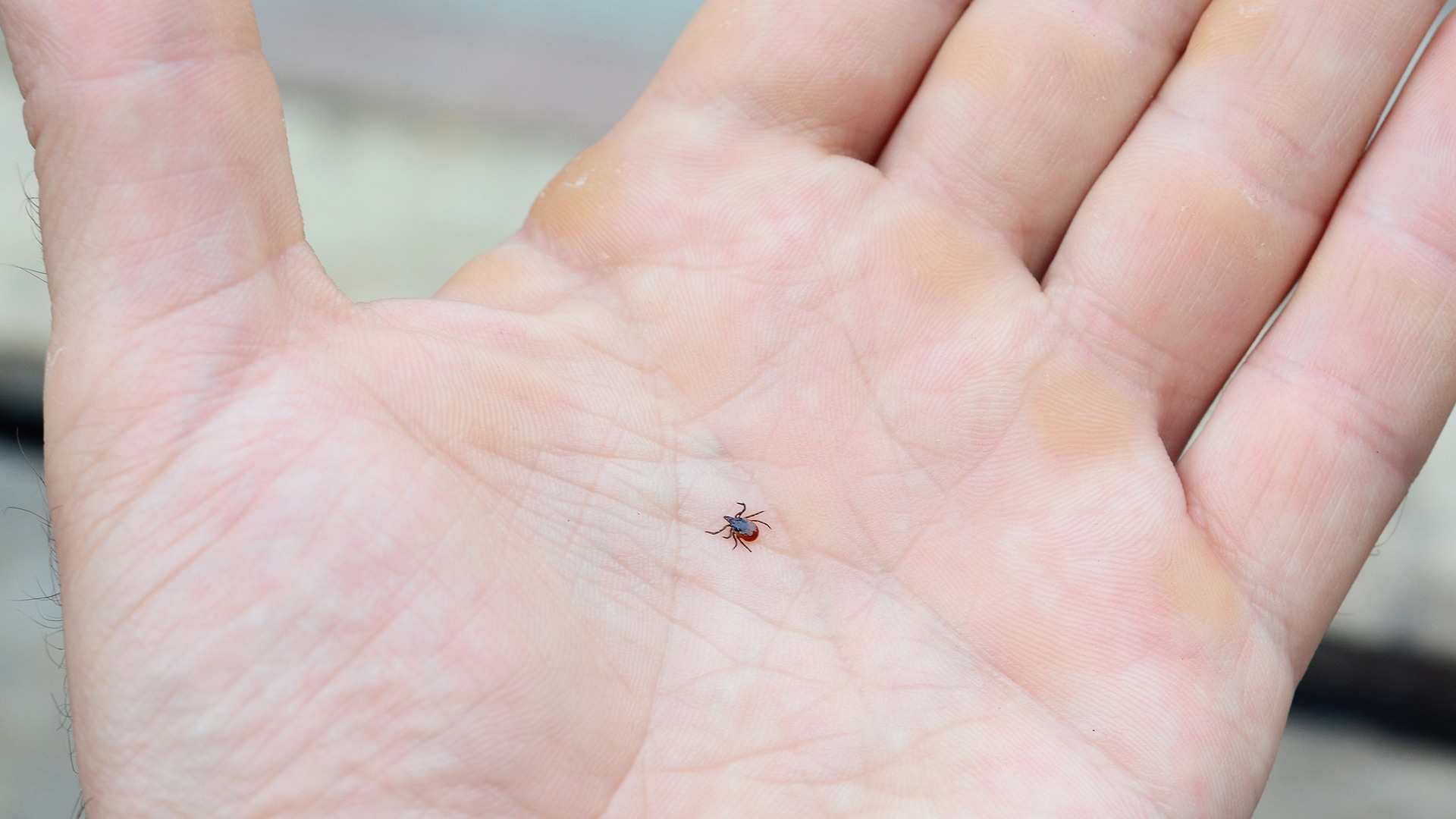Key points
- Avoid tick-prone areas or use DEET repellents and permethrin-treated clothing in wooded or brush areas or where there are deer.
- Regularly check for ticks; remove them quickly with fine-tipped tweezers.

Overview
The best way to protect yourself from tickborne infections is to avoid areas where ticks live. If you are at high risk for severe babesiosis, for example, if you don't have a spleen, it's especially important to use these prevention measures.
Prevention Steps
To reduce your risk of babesiosis:
- Use repellents. Apply products with DEET to your skin and clothes. Follow the label instructions.
- When outside in tick areas, take steps to avoid tick bites.
- Stay on clear trails and in the center to avoid leaf litter (dead leaves) and brush where ticks live.
- Wear socks, long pants, and long-sleeved shirts. Tuck your pants into your socks. Light-colored clothing makes it easier to spot ticks.
- Stay on clear trails and in the center to avoid leaf litter (dead leaves) and brush where ticks live.
- Check for ticks after being outdoors. It is the nymph stage of the tick that typically spreads the Babesia parasite. The nymphs are so small—about the size of a poppy seed—they are easy to miss.
- Remove any ticks from your clothing and pets before going inside.
- As soon as possible, do a full-body tick check with a mirror. Pay attention to areas like behind your knees, groin, underarms, and scalp.
- Remove attached ticks quickly with fine-tipped tweezers, pulling straight out steadily.

If you find a live tick, never crush a tick with your fingers. You should
- Put it in alcohol,
- Place it in a sealed bag/container,
- Wrap it tightly in tape, or
- Flush it down the toilet.
The I. scapularis nymphs usually must stay attached to a person for more than 36 – 48 hours to transmit the parasite. There is no vaccine for babesiosis.
